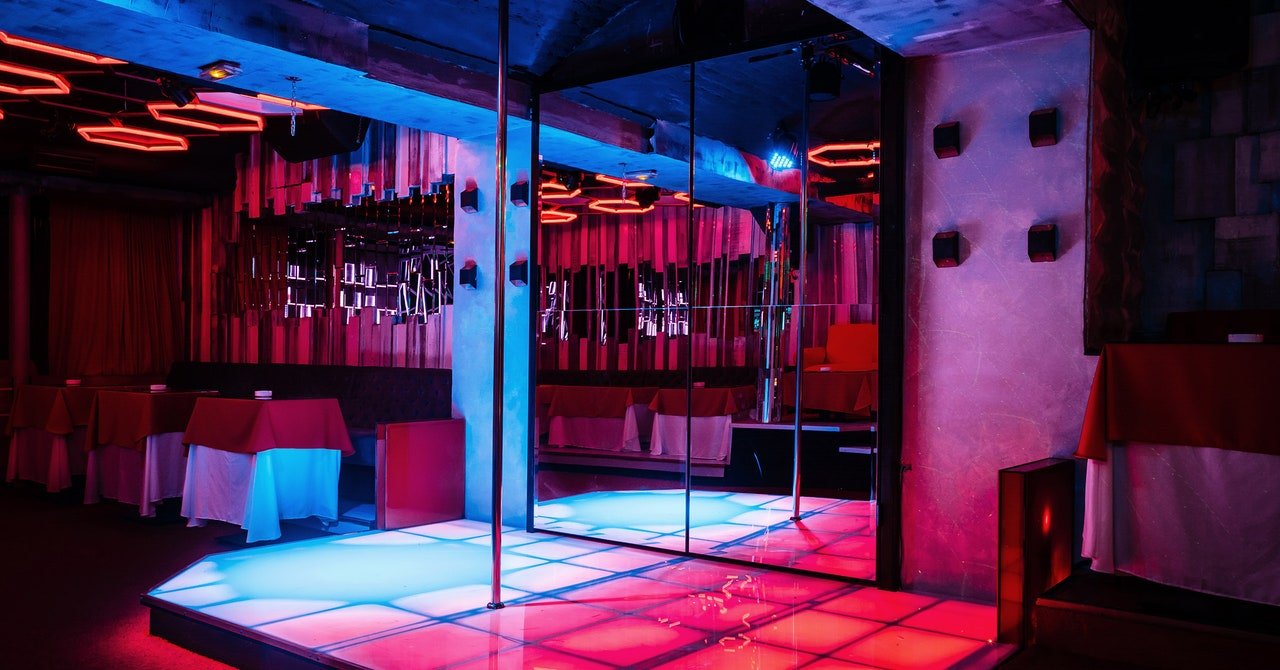The strip club industry has its problems. Dancers have been suing clubs for decades for misclassifying them as independent contractors when they claimed they should be employees. Although AB 5 did mean dancers received unemployment insurance during the pandemic, it was not the solution dancers were hoping for. “It didn’t really answer a problem I was having,” says Teddy.
Workers and researchers warn the gig economy is warping the debate about employee status, meaning that the problems faced by independent contractors in different industries are being lumped together. “Everyone talks about these bills as gig worker bills. But when you look at them, they apply to workers across industries, digital and analog,” says Cunningham-Parmeter. “Even today, in 2022, the vast majority of low wage workers are not gig workers.”
Other industries are divided about whether AB 5 had a positive impact on self-employed workers. Writers and typists are among those who have campaigned to repeal the law, claiming it hurts their ability to find work. “Due to California law AB 5, SpeakWrite cannot accept applications from California residents,” says one job advert posted by transcription service SpeakWrite. Truckers have also complained about AB 5’s changes. In July 2022, a convoy of truckers blockaded the port Port of Oakland to protest AB 5, arguing their new status as employees meant they have less flexibility in when and how they work.
Before AB 5, California employment officials estimated that companies misclassified up to 500,000 workers as independent contractors, says Cunningham-Parmeter. He believes the introduction of minimum wage and overtime protection was a positive development for the vast majority, although it was inevitable some companies would abuse the spirit of the new law.
“Studies indicate that companies can save up to 30 percent of payroll and labor costs by misclassifying their workers as independent contractors,” he says. “Therefore, it should come as no surprise that when some businesses, like strip clubs, were forced to finally treat their workers as employees, many such firms passed those new costs on to workers in the form of reduced wages or hours.”
Payment has always varied club to club. Before AB 5, if a dancer made $50 in a VIP area, she often kept $40 while the club took around a $10 cut. But many clubs now say they need to keep the first $100 or $120 a dancer earns from private dances to cover the cost of paying employees minimum wage, and still take a cut of any money dancers make after they reach that threshold.
“In my view, the policymakers behind AB 5 did not foresee how strip club owners would use the tools at their disposal to restructure the industry to maximize profit under employee status, nor the unintended consequences that would have,” says Ilana Turner, a former dancer who is now writing a PhD thesis on the impact of AB 5 on the stripping industry at the University of Minnesota. As part of her research, Turner has interviewed 35 dancers, who told her their wages have dropped by as much as 60 percent. Only one said they had not lost money under the new system, Turner says.
These unintended consequences are definitely the fault of the clubs, says Velveeta (not her real name), a dancer who is campaigning to form the stripping industry’s first union at Star Garden Topless Dive Bar in North Hollywood. “If the clubs were to follow the law correctly, then we would have minimum wage on top of keeping all of our tips, and we would have some kind of fair share of the lap dance money.”
Velveeta believes dancers are suffering from a lack of enforcement around AB 5. “It’s overdue for the strip club owners to be held accountable to basic employment standards,” she says. Star Garden Topless Dive Bar did not reply to WIRED’s request for comment.
Dancers’ unions say they are seeing a surge in interest as workers focus on finding ways to survive under a law that was never tailored for their industry. There might be similarities between gig workers and dancers, who have struggled with job misclassification for decades. But the nuances are also important, dancers say.
“Dancers are not gig workers,” says Velveeta. “We show up and work at the same clubs, some of us for many years, so that’s really not gig work.”

Leave a Reply
You must be logged in to post a comment.